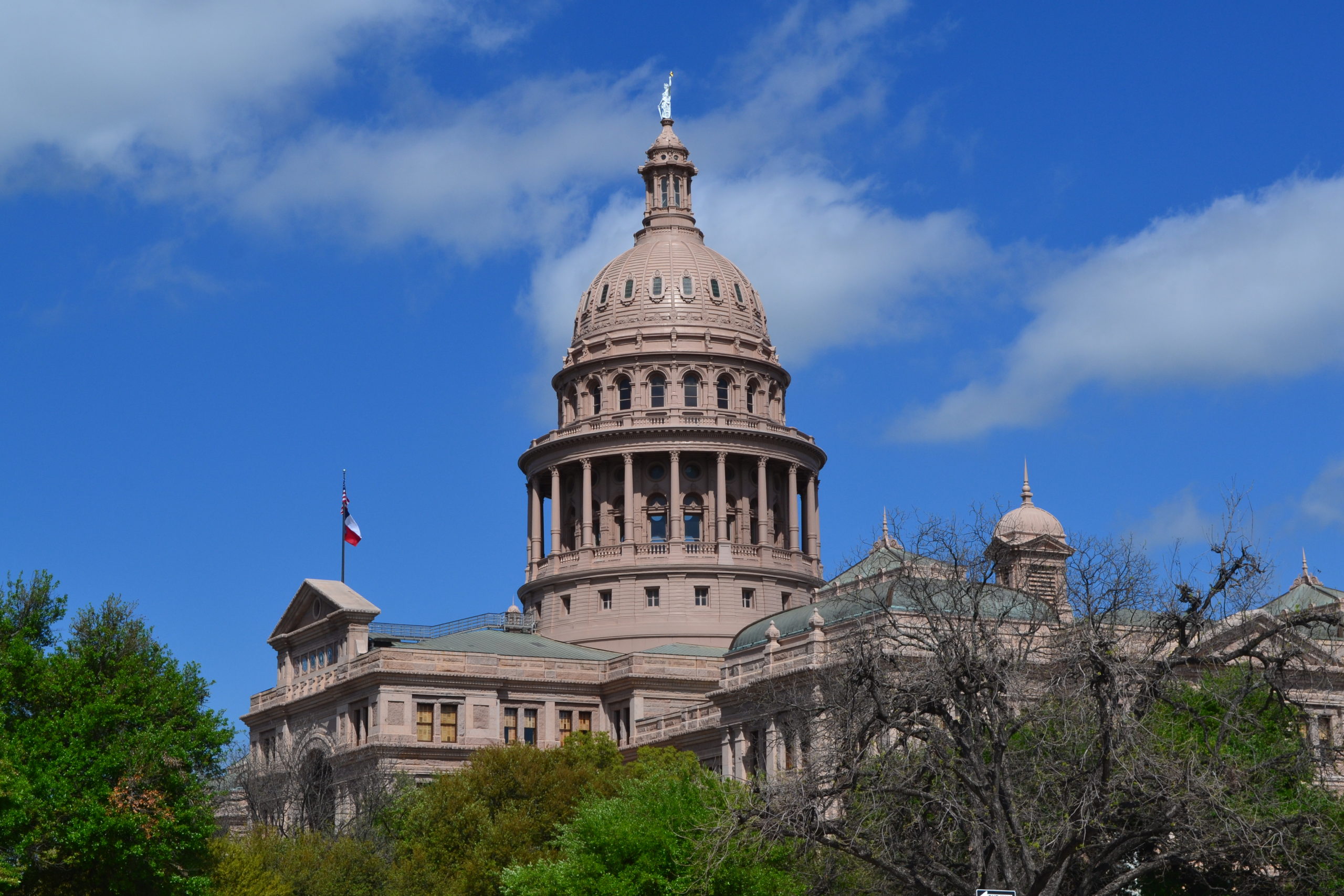We pulled together this month’s most noteworthy child welfare research articles for you. Read them all here and take action today!
- Reframing Childhood Adversity: Promoting Upstream Approaches (Frameworks Institute)
“This brief offers guidance on positioning and explaining the issue of childhood adversity, as well as the need for promoting upstream approaches. The guidance has implications for a wide variety of communications goals and contexts, but it is most relevant for efforts designed to educate the public about strategies that work at the community and policy levels. These framing recommendations were developed for advocates, researchers, and practitioners working to address issues including child abuse and neglect, family violence, adverse childhood experiences (ACEs), early trauma and trauma-informed care, and toxic stress. At a high level, child adversity must be framed as: A public issue; A preventable problem; A solvable problem. This brief discusses each of these recommendations, showing what they look like and explaining how they help. It also offers insight into some of the framing dilemmas and what not to communicate, and why.”

TexProtects Takeaway: Childhood adversity is a public health issue and a preventable and solvable problem. Strategic talking points can help ensure that lawmakers prioritize proactive and early interventions rather than continuing to pay for problems we have the power to prevent.
2. Supporting Parents and Caregivers with Trauma Histories during COVID-19 (Child Trends)
“For parents with unresolved histories of adversity and trauma—resulting from experiences such as abuse, assault, or domestic violence—the risks associated with pandemic-related stress may be further compounded. To promote positive family adaptation to the COVID-19 pandemic, policymakers should increase targeted supports, services, and policies for parents and caregivers with trauma histories. This brief includes information on the impact of COVID-19 on parents and caregivers, particularly those with trauma histories; outlines resiliency factors for this population; and provides guidance for policymakers, providers and agencies, and families on supporting parents and caregivers with trauma histories during and after the COVID-19 pandemic.”

TexProtects Takeaway: Parenting can be stressful for everyone, but when you add in the impact of COVID-19 and a history of trauma, that stress can impact a caregiver’s ability to provide nurturing and safe care for their children. COVID-19 recovery plans must include increasing access to proven supports and programs that can improve family stability and parental coping skills to buffer the effects of the pandemic on children.
3. Child Welfare Financing Survey SFY2018 (Child Trends)
“Child welfare agencies across the United States are charged with protecting and promoting the welfare of children and youth who are at risk of, or who have been victims of, maltreatment. State and local child welfare agencies rely on multiple funding streams to administer programs and services. While many funding sources are available to child welfare agencies, each has its own unique purposes, eligibility requirements, and limitations, creating a complex financing structure that is challenging to understand and administer. Each state’s unique funding composition determines what services are available to children and families and the way in which child welfare agencies operate. Child Trends conducted its 11th national survey of child welfare agency expenditures to promote an understanding among various child welfare stakeholders of the challenges and opportunities that agencies face in serving children and families.”

Note that this report includes state-level data from state fiscal year 2018 and survey data collected in 2019 and 2020.
TexProtects Takeaway: The unique challenges of 2020 offer the opportunity to examine state investments in child welfare to determine if our dollars actually reflect our priorities, how funding can best be utilized to minimize the impact of COVID-19 on our child welfare system, and how existing investments may be perpetuating disproportionality in our systems. For TexProtects, the answer lies in doing more upstream work to support families rather than continuing to invest in more investigations and removals.
4. Findings from the First 5 California Home Visiting Workforce Study (Child Trends)
“The First 5 California (F5CA) Home Visiting Workforce Study collected data to help the state understand the landscape of California’s home visiting workforce, including characteristics of home visitors and supervisors, implementation supports for staff, and program needs for workforce recruitment, development, and retention. The following summary presents key findings from a survey of more than 900 home visiting staff representing 171 home visiting programs across the state. […] Key findings from this workforce survey include a description of the California home visiting workforce, the ways they are meeting the needs of families, changes in their work due to the COVID-19 pandemic, and how home visitor well-being and program supports affect workforce retention.”

TexProtects Takeaway: Home visitors, funded through various funding streams at the Prevention and Early Intervention (PEI) Division of DFPS, have been critical lifelines for families who voluntarily enroll; however, the pandemic has made that work even more challenging. Effective training, recruitment, and retention strategies are critical to ensuring a healthy workforce that can effectively support families and keep children safe and well.
5. Challenges, Benefits Found in Providing Home Visiting Services for Pregnant and Parenting Foster Youth (Chapin Hall at the University of Chicago)
“In 2015, the Illinois Home Visiting Task Force established a subcommittee to design and implement a pilot project to connect pregnant or parenting youth in foster care with home visiting services. A major goal of that pilot project was to promote collaboration between the home visiting and the child welfare systems. Results from an implementation study of the pilot project point to both the ongoing challenges and benefits associated with providing home visiting services to pregnant or parenting youth in foster care.”

TexProtects Takeaway: Project HIP and the Family First Prevention Services Act provide great opportunities for Texas to do more to ensure that pregnant and parenting foster youth have access to proven prevention programs like home visiting. Although engaging pregnant and parenting foster youth in home visiting programs has unique challenges, flexible approaches and evidence-based practices can increase positive parenting practice, co-parent relationships, and knowledge of child development.
6. Reframing Transition Age Foster Youth (Frameworks Institute)
“Once people learn who transition age foster youth are, they are generally sympathetic, but they still struggle to think about ways to support them. We are fortunate to have two narratives to improve understanding and build support for addressing the needs of transition age foster youth. The first narrative, ‘Advancing Well-being,’ shows people how effective supports aid the healthy biological, psychological, and emotional development of transition age foster youth. The second narrative, ‘Expanding Opportunities,’ helps people understand the racial and economic factors that create disparities leading to foster care involvement, the disparities perpetuated by that system, and the ways in which supports for transition age foster youth can address those inequities. This strategic brief outlines how we can do this together by: Showing the most effective ways to change perceptions and build support for reform; Giving examples of what this looks like in practice; Reviewing the research that underlies each recommendation.”

TexProtects Takeaway: Transition-age foster youth are young people between the ages of 16 and 24 who are transitioning out of the foster care system as they reach adulthood. All of us need support to become successful adults, but transition-age foster youth often lack these things because they don’t have the same family connections to rely on. We need strong programs to ensure transition-age foster youth receive the care that all young people need to thrive.
7. Parental Substance Use: A Primer for Child Welfare Professionals (Children’s Bureau, Office of the Administration for Children and Families – ACF, U.S. Department of Health and Human Services – DHHS)
“The effect of substance use disorders (SUDs) on parenting and child safety is a common reason families come into contact with the child welfare system. Child welfare professionals can play a critical role in helping identify possible SUDs and supporting families in overcoming barriers to safety and permanency related to substance use. This factsheet reviews what SUDs are, how parental substance use affects families, and how child welfare professionals can support these families. It also considers how collaboration between child welfare professionals and SUD treatment providers, as well as others, is an essential component to assisting families.”

TexProtects Takeaway: 66% of removals in Texas in 2019 were related to substance use. Although SUDs can be a lifelong struggle, merely having one does not prevent a person from being a successful parent. With the proper identification, treatment, and support, parents with SUDs can safely maintain their children in their homes, ultimately producing the best outcomes.
8. College Choice and Enrollment among Youth Formerly in Foster Care (Gross, J., Stolzenberg, E., Williams, A.)
“Despite being among the most disadvantaged groups with respect to college access and success in the United States, youth formerly in foster care (YFFC) remain an understudied population in higher education research. Although they aspire to college at high levels, youth in foster care enjoy less postsecondary access and success than their peers who have not experienced foster care. This study seeks to better understand how youth formerly in foster care (YFFC) compare to their peers regarding college preparation, choice, enrollment, and financing; academic self-concept and degree aspirations; and concerns about paying for college. Using Perna’s (2008) college choice model and data from the 2016 The Freshman Survey (TFS), we conduct bivariate comparisons and regression analysis to compare college readiness and enrollment between YFFC and non-YFFC who are first-time, full-time freshmen. We report the results of our findings and discuss how these contribute to existing research and apply to the financial and educational needs and strengths of YFFC.”

TexProtects Takeaway: Youth formerly in foster care face challenges including academic preparation, mental health challenges, and affordability that, despite high aspirations for college attainment, can create barriers that make completion more difficult than their peers. More work should be done to identify the supports that can best ensure that these young adult survivors have every opportunity to succeed.













